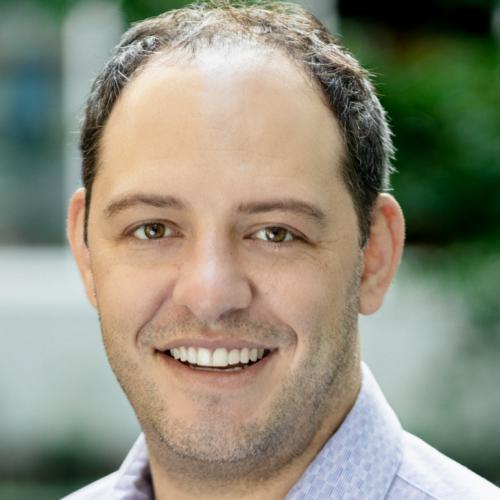
Jason Goldsmith
Senior Director, Medical, Translational, and Data Sciences
Nestle Health Science
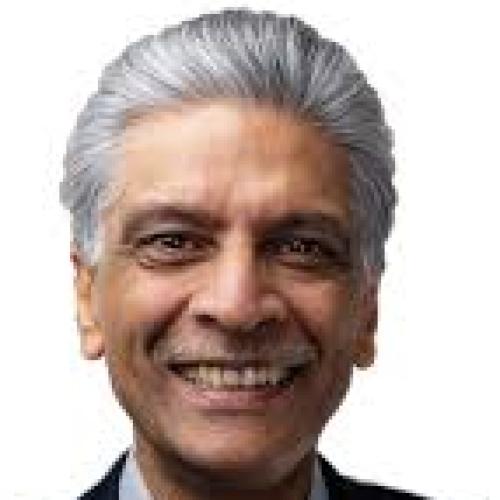
Sanjay Jain
Vice President of Development
Dermbiont
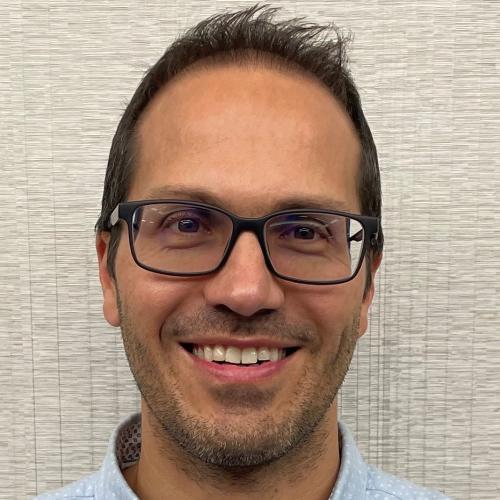
Christian Freguia
Vice President of Research
Rise Therapeutics
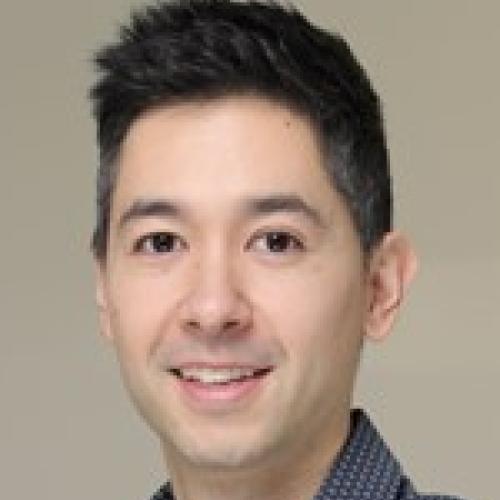
Matthew Cheng
CEO
KanvasBio
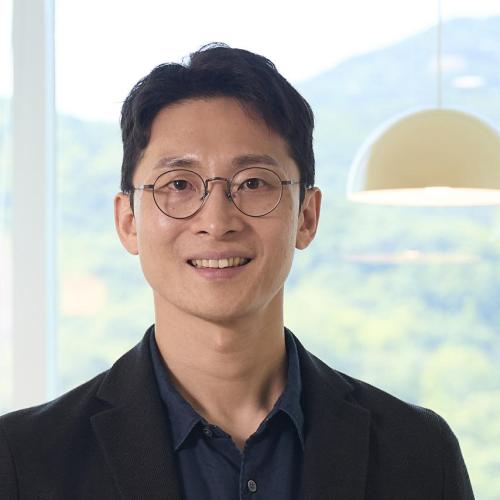
Yongkyu Kim
CEO
BiomATZ




